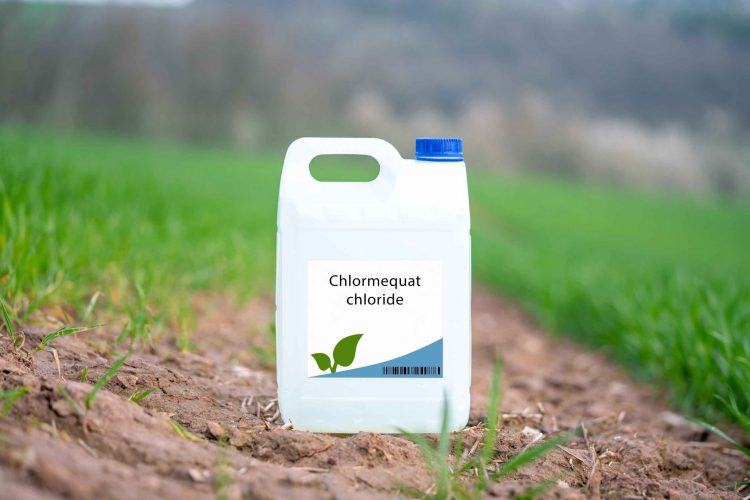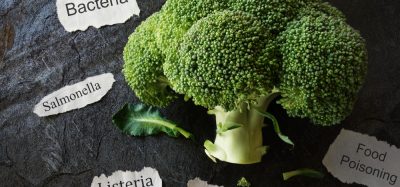Traces of “toxic” pesticide found in 80 percent of study participants
- Like
- Digg
- Del
- Tumblr
- VKontakte
- Buffer
- Love This
- Odnoklassniki
- Meneame
- Blogger
- Amazon
- Yahoo Mail
- Gmail
- AOL
- Newsvine
- HackerNews
- Evernote
- MySpace
- Mail.ru
- Viadeo
- Line
- Comments
- Yummly
- SMS
- Viber
- Telegram
- Subscribe
- Skype
- Facebook Messenger
- Kakao
- LiveJournal
- Yammer
- Edgar
- Fintel
- Mix
- Instapaper
- Copy Link
Posted: 19 February 2024 | Grace Galler | 1 comment
A new study has revealed that chlormequat, a pesticide, has been found in four out of five test participants.


A recent study peer-reviewed by Environmental Working Group (EWG) has found that the pesticide chlormequat, was present in four out of five test participants.
The National Institutes of Health define chlormequat chloride as a plant growth regulator “whose use on grain crops is on the rise in North America”.
According to the research team, the chemical is “linked to reproductive and developmental problems in animal studies” and “the findings suggest the potential for similar harm to humans”.
The research was published in the Journal of Exposure Science and Environmental Epidemiology. To carry out the study, data was collected between 2017 and 2023, where scientists tested urine samples of 96 people from the US for the presence of chlormequat, and claimed to find it in 77 of them.
In fact, findings showed chlormequat was present the urine of “more people and at higher concentrations” in samples collected in 2023, compared to earlier years suggesting consumer exposure to chlormequat could be on the rise.
Summarising the study findings on its website, EWG’s Toxicologist Alexis Temkin, Ph.D, Lead Author of the study, said “EWG’s new study on chlormequat is the first of its kind in the US.
“The ubiquity of this little-studied pesticide in people raises alarm bells about how it could potentially cause harm without anyone even knowing they’ve consumed it.”
Currently, Environmental Protection Agency regulations allow the chemical to be used on ornamental plants only – not food crops – grown in the US. However, since 2018, the EPA has permitted chlormequat on imported oats and other foods, increasing the allowed amount in 2020.
Back in April 2023, in response to an application submitted by chlormequat manufacturer Taminco in 2019, the Biden EPA proposed allowing the first-ever use of chlormequat on barley, oats, triticale and wheat grown in the US. However EWG has shared that it “opposes the plan”.
“The federal government has a vital role in ensuring that pesticides are adequately monitored, studied and regulated. Yet the EPA continues to abdicate its responsibility to protect children from the potential health harms of toxic chemicals like chlormequat in food,” Temkin said.
Now, EWG is urging the Agriculture Department and the Food and Drug Administration to test foods for chlormequat and has requested that the Centers for Disease Control and Prevention add chlormequat to its biomonitoring programme. In addition EWG is calling for more research on the effects of chlormequat on human health.










The presence of chlormequat in 80% of participants is alarming. With rising exposure, stricter regulations and thorough monitoring are crucial to protect public health. The EPA must prioritize safety over industry interests. #FoodSafety #PesticideRisks